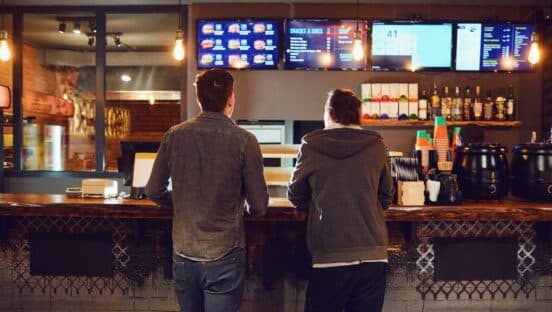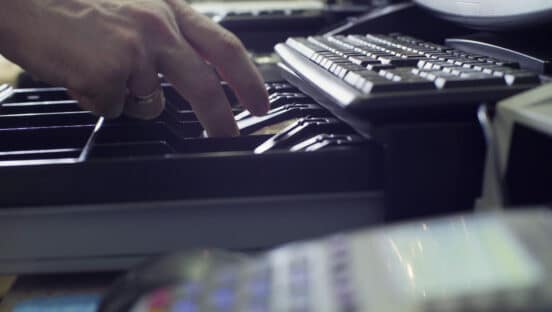The second annual Rakuten Ready Time Study takes a look at real-time customer order for pickup experiences across restaurants, retailers, and grocers during the pandemic. It covers in-store pickup, curbside pickup, and drive thru, identifying insights and learnings that impact customer satisfaction scores (or CSAT) across quick-service restaurant brands in 2020.
So while there is a lot of disruption in the economy, there has never been a better time to measure customer satisfaction than when more people than ever are ordering for pickup.
Customer Satisfaction Attributes Are More Nuanced Than You Think
While we were surprised to see more consistent pickup experiences and customer satisfaction scores than expected due to COVID-19, we were not surprised to find that the attribute with the strongest correlation to customer satisfaction was wait time.
However, it wasn’t just wait times that impacted customer satisfaction, since for some quick-service brands—even when the wait time was long—we saw a minimal impact on CSAT scores.
So what does that mean?
Our study data highlighted that the attributes below are also critically important to the pickup experience when it came to overall customer satisfaction:
1. Easy Process
Consumers want to know what to expect and to be as safe as possible when venturing out to grab takeout. Quick-service restaurants that clearly communicate—especially pickup instructions—and have an abundance of on-site signage, dedicated pickup parking spots, or dedicated check-in areas tended to have higher CSAT scores.
2. Brand Loyalty
Brands that were focused on connecting with their customers to build loyalty before COVID-19 have seen it pay off in 2020. It has created empathy with their customers who understand how difficult it has been for their favorite restaurants to react and adjust so quickly to a pandemic, requiring drastically different resources and business models.
But while brands are still catching up from this rapid shift in consumer behavior, it is important to understand this window of opportunity will not last forever, and they need to keep monitoring how the brand is being perceived.
3. Quality and Accuracy of Order
While fast wait times are one part of the equation, they must also be balanced with ensuring order prep is not rushed just to satisfy a quick turnaround. A big impact on CSAT scores is inaccurate or sub-par quality orders. So restaurants cannot just solve for wait times and expect great customer satisfaction ratings, it must be balanced with a process that ensures takeout food is not missing items and is the proper temperature.
To download the Rakuten Ready 2020 time study, visit its website.
By Peggy Carouthers













